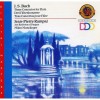| Голос/Инструмент: | Флейта |
БИОГРАФИЯ
Jean-Pierre Louis Rampal (7 January 1922 – 20 May 2000) was a French flautist. He has been personally "credited with returning to the flute the popularity as a solo classical instrument it had not held since the 18th century."Born in Marseille,[nb 1] the only child of Andrée (née Roggero) and flautist Joseph Rampal, Jean-Pierre Rampal became the first exponent of the solo flute in modern times to establish it on the international concert circuit, and to attract acclaim and large audiences comparable to those enjoyed by celebrity singers, pianists, and violinists. As it was unusual for solo flute to be featured widely in orchestral concerts, this was not easily done in the immediate years after World War II; however, Rampal's flair and presence—he was a big man to wield such a slim instrument—paved the way for the next generation of flautist superstars such as James Galway and Emmanuel Pahud.
Rampal was a player in the classical French flute tradition, although behind his superior technical facility lay the cavalier 'Latin' temperament of the Mediterranean south, rather than the more formal character of the elite north Parisian institutions. His father was taught by Hennebains, who also taught Rene le Roy and Marcel Moyse. His playing style was characterised by a bright sound, a sonorous elegance of phrasing lit up by a rich palette of subtle tone colours. He exuded a dashing, lightly articulated virtuosity that thrilled audiences in his heyday, and his natural vibrato varied according to the emotion of the music he played. Additionally, Rampal was able to breathe in the middle of extended rapid passages without losing the sweep of his rendition. His upper register and wide dynamic range were particularly notable, and the lightness and crispness of his staccato articulation (his "détaché"), heard on his early recordings, was the envy of many.
Rampal is best known for popularising the flute in the post–World War II years, recovering a vast number of flute compositions from the Baroque era, and spurring contemporary composers, such as Francis Poulenc, to create new works that have become modern standards in the flautist's repertoire






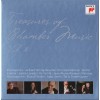

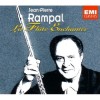
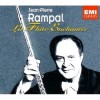
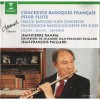
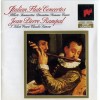
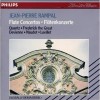
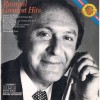
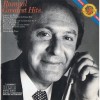
![Beethoven: Complete Works [Brilliant Classics 100 CD Box] - CD 013-027 - Chamber I](http://static.classicalm.com/repository/composition-cover/small/43303-img1647693026383251.jpg)
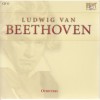
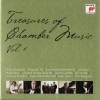
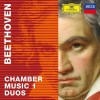
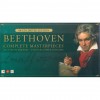

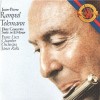
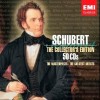
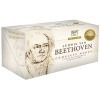
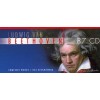
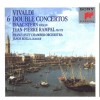
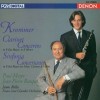
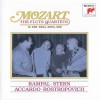
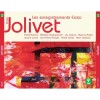
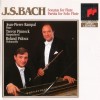
![J.S. Bach - Die Brandenburgische Konzerte 4-6, Orchestral Suite No.2 BWV 1067 [The Amsterdam Baroque Orchestra, Ton Koopman]](http://static.classicalm.com/repository/composition-cover/small/19029-img1394453536429500.jpg)
